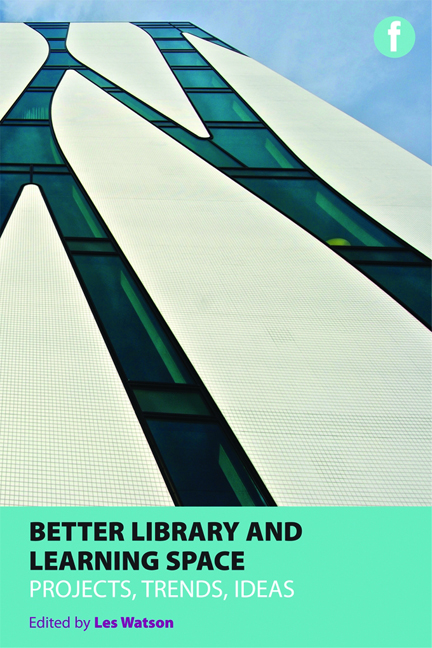Book contents
- Frontmatter
- Contents
- Case studies
- Acknowledgements
- Contributors
- Introduction – about this book
- PART 1 PROJECTS AND TRENDS
- Introduction
- 1 UK projects and trends
- 2 US projects and trends
- 3 China projects and trends
- 4 Hong Kong projects and trends
- 5 European projects and trends
- 6 Australasian projects and trends
- Summary to Part 1
- PART 2 TRENDS AND IDEAS
- PART 3 IDEAS AND FUTURES
- Index
6 - Australasian projects and trends
from PART 1 - PROJECTS AND TRENDS
Published online by Cambridge University Press: 08 June 2018
- Frontmatter
- Contents
- Case studies
- Acknowledgements
- Contributors
- Introduction – about this book
- PART 1 PROJECTS AND TRENDS
- Introduction
- 1 UK projects and trends
- 2 US projects and trends
- 3 China projects and trends
- 4 Hong Kong projects and trends
- 5 European projects and trends
- 6 Australasian projects and trends
- Summary to Part 1
- PART 2 TRENDS AND IDEAS
- PART 3 IDEAS AND FUTURES
- Index
Summary
Introduction: space and place, or working with the tyranny of distance
In 1966 the Australian historian Geoffrey Blainey published The Tyranny of Distance: how distance shaped Australia's history. This study has become well known for its explicit evocation of the large empty spaces of Terra Australis. Blainey's initial interest was in the cost imposed by distance on commodities and people, but the idea of linking distance and tyranny has had much wider resonance, in the ways in which Australians think of themselves and the space they inhabit.
Australia is largely empty – 23 million people occupy a land mass not much smaller than the continental USA. Australia is also highly urbanized. Overall it has a population density of 2.9 per square kilometre, the sixth lowest on the planet. This compares with the USA, which has 12 times that population density, and the UK with 93 times. But even this figure for Australia is deceptive. Over a third of Australia's population lives in just two cities – Sydney and Melbourne, so large tracts of Australia are very sparsely populated indeed. Consequently libraries have been forced to think of their coverage in much wider terms than the suburb or town where they are sited. The libraries in parts of Sydney cater for users in a library space similar to those of urban centres in Europe or the USA. In contrast, the library in Telfer, a mining town in the Pilbara region of Western Australia situated 1300 km from Perth, the capital of Western Australia, is one of the most isolated.
Until recently traditional models of library space were clearly expressed in the different kinds of libraries in Australia: the National Library of Australia in Canberra; the state and territory libraries in their capitals; the suburban libraries in the cities; and the country libraries. This model of library space was centripetal – libraries drew people to visit them – and directive, as if saying: ‘Here I am, with my resources, you are welcome to come and use them as specified in the traditional conventions for library use.’ Against this, however, has been a strong commitment to outreach in order to include readers who live too far away to allow easy access to a library or branch library.
- Type
- Chapter
- Information
- Better Library and Learning SpaceProjects, trends and ideas, pp. 75 - 89Publisher: FacetPrint publication year: 2013



